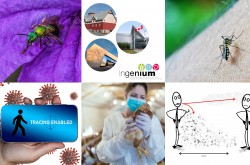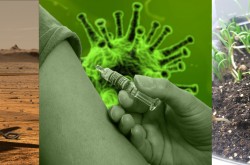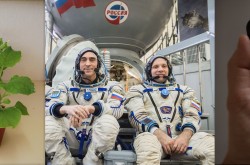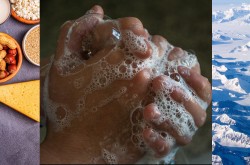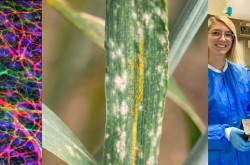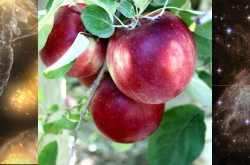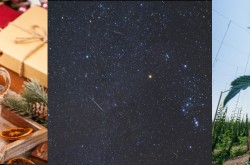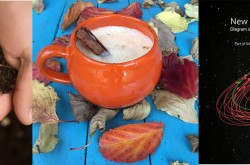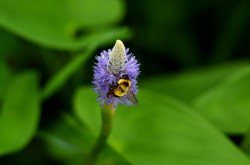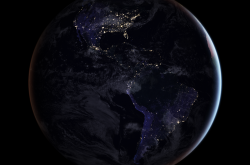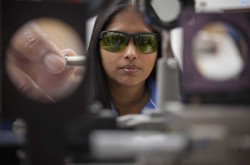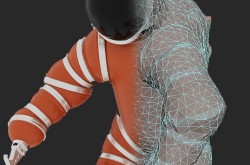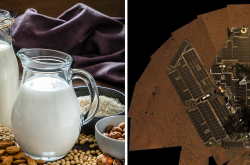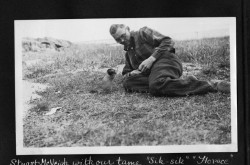How Did Humans Stumble Across Yogurt?

The ancient science of making yogurt began with the storing milk in sacks made of animal stomach lining (image credit: Unsplash).
Yogurt is ubiquitous across most cultures (har har... science pun), and has an ancient origin. If you ever wondered what gives yogurt its taste, and how you could make it yourself .. check out this article from "Science & Food."
Go To Source Story
How Did Humans Stumble Across Yogurt?




